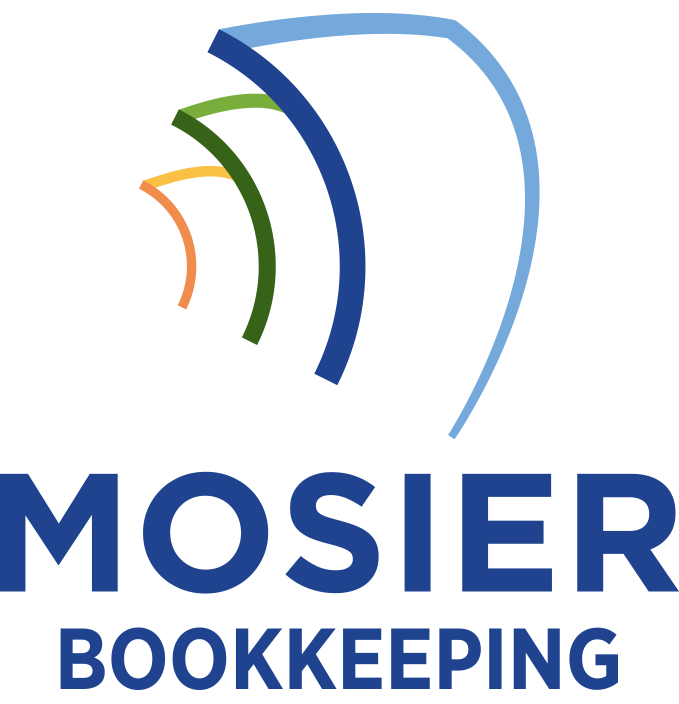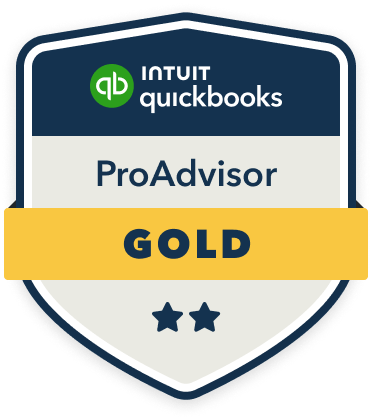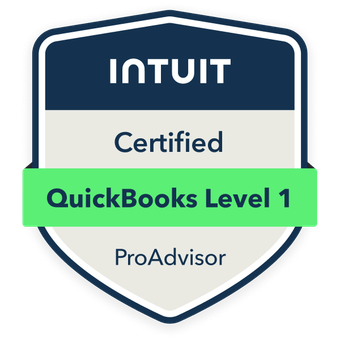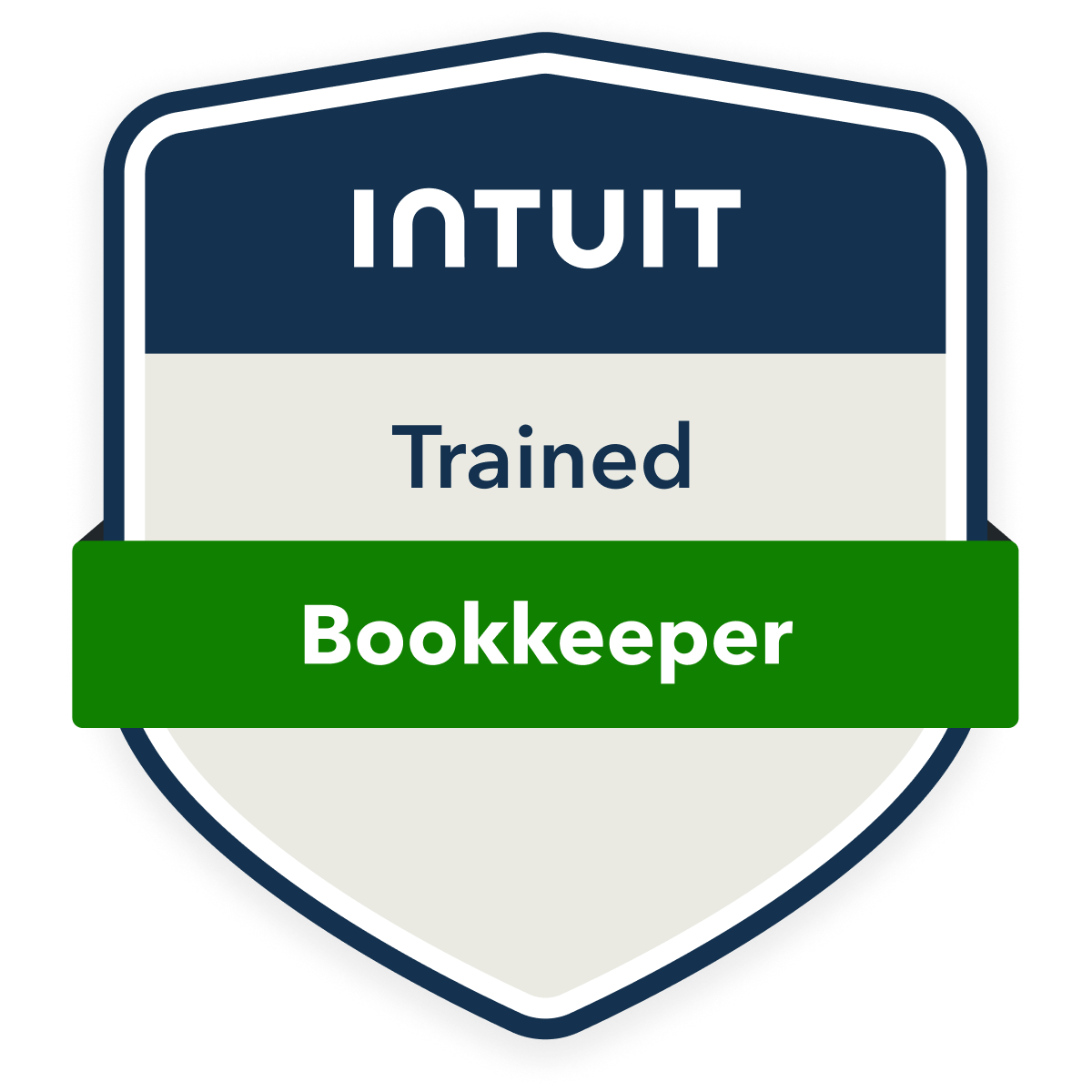To handle bookkeeping for high-inventory turnover businesses, I recommend implementing a cloud-based system that integrates real-time tracking with automated reconciliation processes. You’ll need to connect your point-of-sale system directly to your inventory management software, while establishing automated validation checks and multi-level verification points. Deploy AI-powered reconciliation tools to flag discrepancies instantly, and utilize sophisticated cost accounting methods aligned with your operational tempo. The following strategies will transform your inventory control framework.
Understanding Inventory Turnover and Its Impact on Bookkeeping

Three key components define inventory turnover in business operations: the rate at which inventory is sold, replaced, and recorded in financial statements. I’ll help you understand how this metric impacts your bottom line.
High inventory turnover demands precision in your bookkeeping systems. You’ll need to track Cost of Goods Sold (COGS), calculate turnover ratios, and maintain accurate perpetual inventory records. I recommend implementing real-time tracking systems to monitor stock levels and automate purchase orders.
Your financial success hinges on mastering the relationship between turnover speed and accounting accuracy. Each transaction must be recorded promptly to maintain control over your inventory investment.
Implementing Real-Time Inventory Management Systems
After recognizing the speed and accuracy demands of high-turnover inventory, implementing a real-time management system becomes your next logical step. I recommend deploying cloud-based solutions with barcode scanning capabilities and automated reorder points. You’ll need to integrate this system with your point-of-sale and accounting software to maintain accurate financial records.
Select a system that offers real-time analytics, multi-location tracking, and automated reconciliation features. I’ve found that robust API connections guarantee seamless data flow between your inventory, accounting, and tax reporting modules. This integration eliminates manual entry errors and provides instant visibility into your stock levels, costs, and profit margins.
Best Practices for Cost Tracking and Valuation Methods
Selecting the right cost tracking and valuation method stands as a critical decision for high-inventory turnover businesses. I recommend implementing sophisticated cost accounting systems that align with your operational tempo and financial objectives. You’ll need to balance accuracy with practicality while maintaining compliance with accounting standards.
- First-In-First-Out (FIFO) valuation maximizes profitability reporting in inflationary markets
- Weighted Average Cost (WAC) simplifies calculations for commoditized inventory
- Last-In-First-Out (LIFO) provides tax advantages in specific jurisdictions
- Specific Identification method offers precise tracking for high-value items
Your cost tracking system must integrate seamlessly with your inventory management platform to guarantee real-time accuracy and prevent costly reconciliation issues.
Streamlining Purchase Order and Sales Order Processing
I recommend implementing automated order entry systems to reduce manual data input and minimize processing errors in your high-turnover inventory business. Your bookkeeping efficiency will improve remarkably when you connect your point-of-sale system directly to your inventory management software, creating a seamless flow of real-time data. Through automated tracking of both purchase orders and sales orders, you’ll maintain precise records of inventory movement while reducing the time spent on manual reconciliation tasks.
Automate Order Entry Systems
To effectively manage high inventory turnover, businesses must automate their order entry systems through integrated software solutions that streamline both purchase orders (POs) and sales orders (SOs). I recommend implementing a robust automation system that synchronizes inventory data in real-time, minimizing manual entry errors and reducing processing time.
- Cloud-based ERP systems with AI-driven order processing capabilities
- Automated validation checks that flag discrepancies between POs and receiving documents
- Integration with supplier and customer portals for seamless data exchange
- Real-time analytics dashboards tracking order fulfillment metrics
This automation framework enables you to scale operations while maintaining accuracy, giving you complete control over your inventory pipeline and positioning your business for strategic growth.
Track Real-Time Inventory Flow
Since high-inventory businesses depend on accurate data flow, implementing real-time tracking systems between purchase orders and sales orders becomes critical for maintaining ideal stock levels. I recommend integrating your POS system with inventory management software that instantly updates stock counts as transactions occur.
I’ve found that automated tracking eliminates manual errors and provides immediate visibility into stock movements. Your system should reconcile purchase orders against received goods while simultaneously monitoring outbound sales orders. This creates a closed loop where you’ll know exactly when to reorder based on real-time depletion rates and preset thresholds.
Reconciliation Strategies for High-Volume Transactions

Effective reconciliation in high-volume retail environments demands a systematic approach to transaction matching and verification. I recommend implementing automated reconciliation protocols that align with your peak transaction periods and cash flow patterns. To maintain accuracy and control, I’ve developed a robust framework for high-turnover businesses.
- Deploy AI-powered reconciliation software that flags discrepancies in real-time
- Establish multi-level verification checkpoints at daily, weekly, and monthly intervals
- Integrate point-of-sale data directly with your accounting system through API connections
- Create exception reports that isolate variances exceeding predetermined thresholds
Building an Efficient Reporting Framework for Inventory Control
Inventory control systems require precise reporting mechanisms that capture the dynamic nature of high-turnover operations. I recommend implementing a three-tier reporting framework: real-time data feeds, daily reconciliation reports, and weekly trend analyses. You’ll need automated stock level alerts, margin analysis dashboards, and velocity metrics to maintain control.
I’ve found that integrating your point-of-sale system with inventory management software creates a powerful command center. Configure custom reports tracking SKU performance, stockout frequencies, and supplier reliability. This arms you with actionable intelligence to optimize order quantities and timing, ultimately driving profitability through data-driven inventory decisions.
